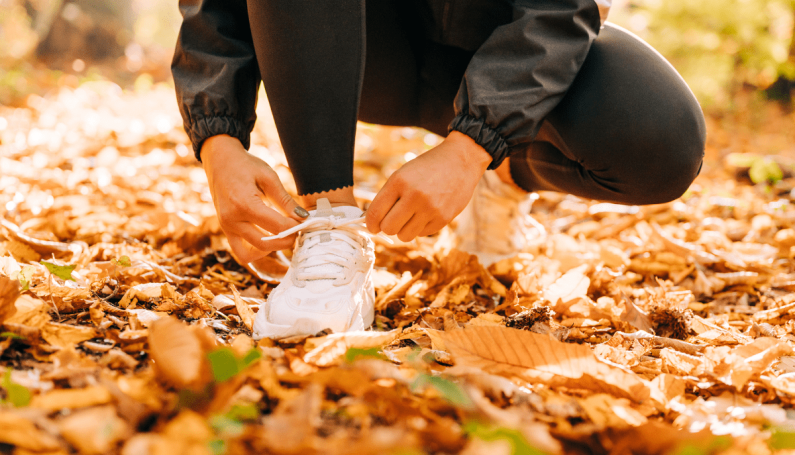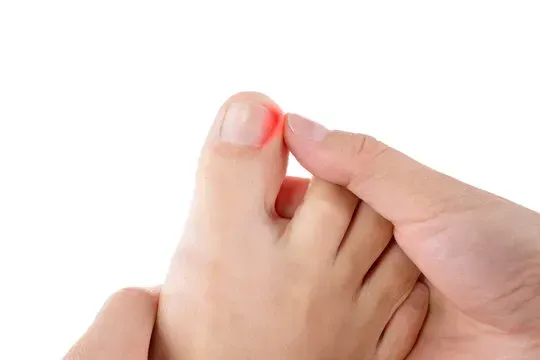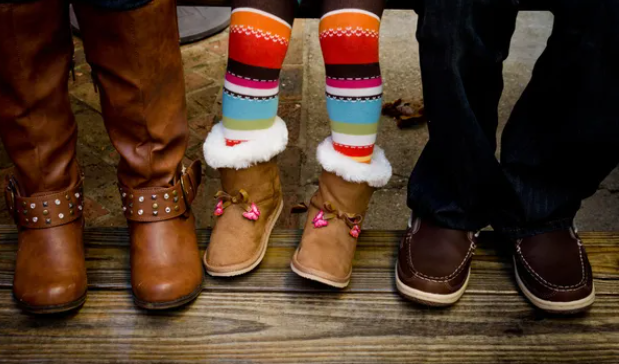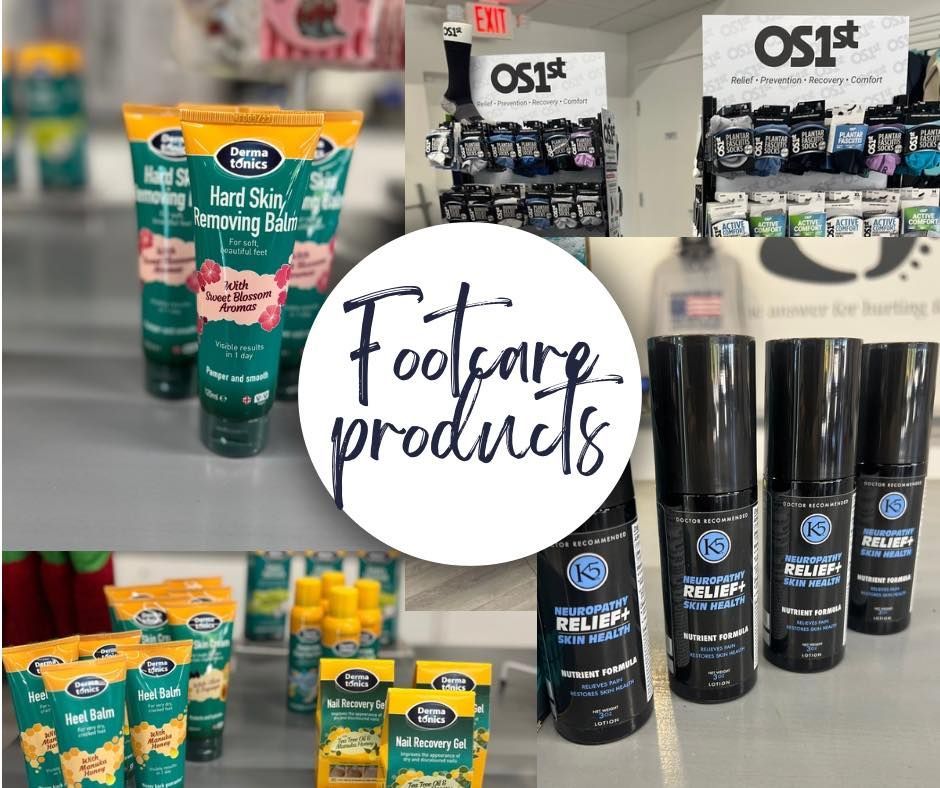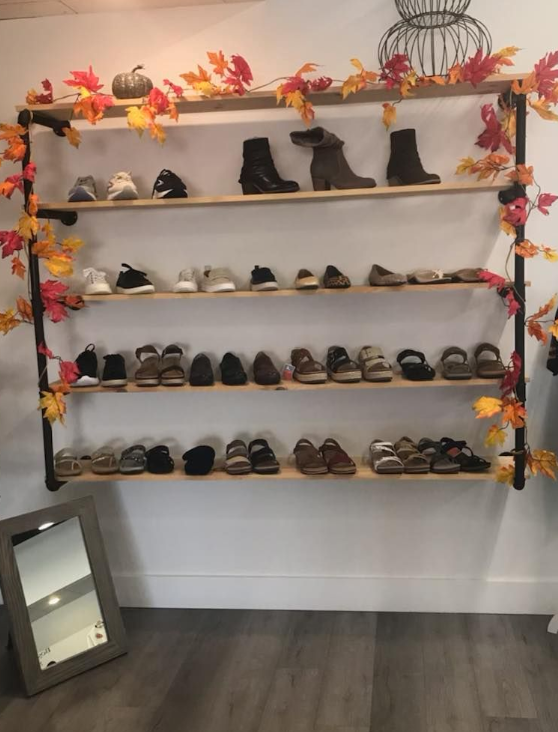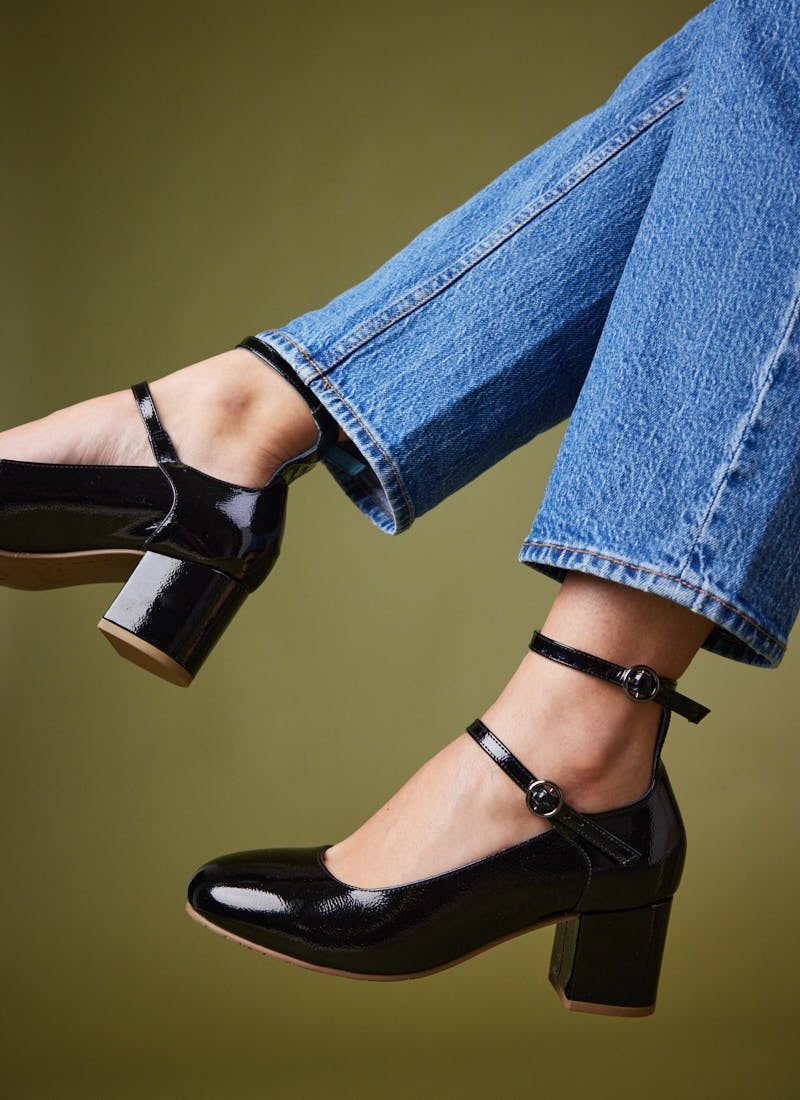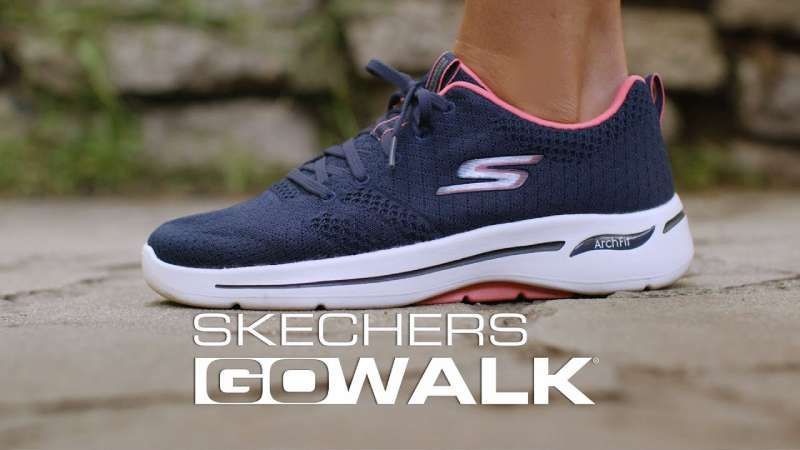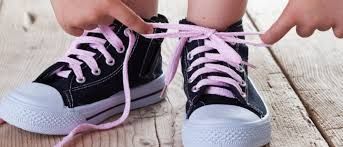Post Title
Why Pedicures Are More Than Just a Treat—They’re Essential for Foot Health
When most people think of a pedicure, they picture a relaxing spa experience—a chance to unwind, get pampered, and maybe show off some freshly painted toenails. And while all of that is true, pedicures are also a lot more than a feel-good luxury. Regular pedicures play a crucial role in maintaining healthy feet—especially for those who are on their feet all day, wear closed shoes regularly, or experience issues like dry skin or calluses.
Here’s why pedicures should be part of your regular self-care and healthcare routine:
1. Early Detection of Foot Problems
During a professional pedicure, a trained technician or podiatrist may spot early signs of potential issues like bunions, fungal infections, corns, or ingrown toenails. Catching these problems early means you can take action before they become painful or serious.
2. Exfoliation Prevents Build-Up
Feet naturally build up layers of dead skin—especially around the heels and sides. Without regular exfoliation, this can lead to painful cracking, thick calluses, or even infections. Pedicures include exfoliating scrubs or files to smooth out rough spots and keep your skin soft and healthy.
3. Improves Circulation and Reduces Swelling
The massage portion of a pedicure isn’t just relaxing—it helps boost blood flow to your feet and lower legs. This can reduce swelling, relieve tension, and improve circulation, which is especially beneficial for people who stand or sit for long periods.
4. Maintains Nail Health and Hygiene
Neglecting your toenails can lead to issues like fungal infections, ingrown nails, or thickened, brittle nails. A pedicure ensures nails are trimmed correctly, cuticles are cared for, and everything is clean and moisturized. This is especially important as we age or if we wear tight shoes regularly.
5. Prevents Infections
Feet are more prone to fungal and bacterial infections than you might think, especially in warm, enclosed shoes or public spaces like gyms. Proper cleaning, exfoliation, and nail care during a pedicure can help prevent common infections such as athlete’s foot or toenail fungus.
6. Boosts Confidence and Comfort
When your feet look and feel good, it shows in how you walk and carry yourself. Pedicures improve foot appearance, eliminate odor, and keep your feet smooth and fresh—boosting your confidence, whether you’re in sandals, sneakers, or barefoot.
7. Mental Wellness Matters
Let’s not forget the mental health benefits. Taking the time for a pedicure—whether at home or in a salon—offers a much-needed moment of mindfulness, stress relief, and relaxation in an often hectic world. And when your feet feel good, it can improve your mood from the ground up.
Pedicures aren’t just about polish—they’re about prevention, care, and confidence. Whether you’re walking miles every day, slipping into sandals this season, or simply need a moment to reset, your feet deserve the attention. Regular pedicures—especially when done safely and hygienically—are a smart, simple way to take care of a part of your body that works hard for you every day.
Your feet carry you through life—give them the care they deserve.
